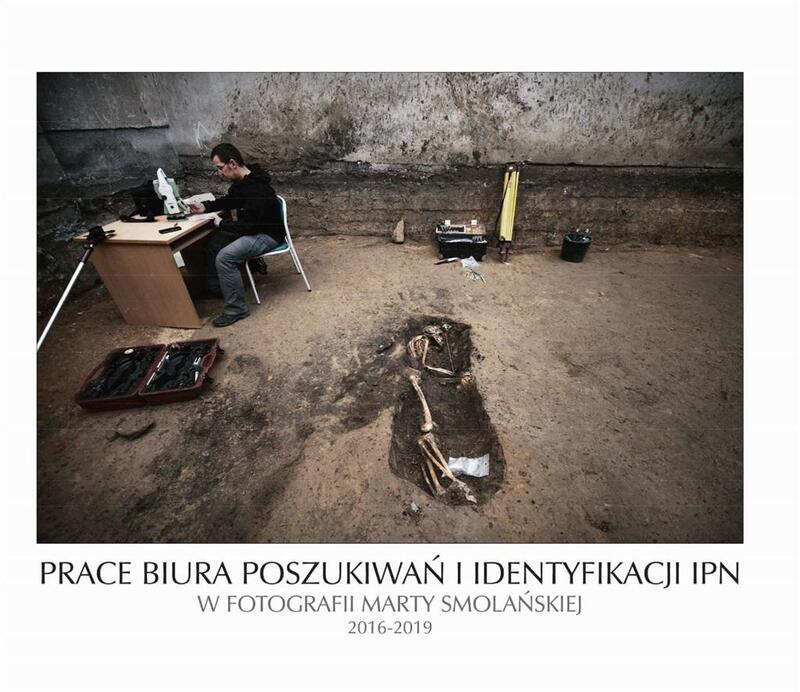Pictures worth a thousand words
The images convey more than the operational procedures: on the one hand, there’s the shudder you feel when you see the remains and sub-consciously picture the massacres and executions that pushed the victims into their graves; on the other, you notice something else: for the people in the overalls, it’s more than a job, because they show emotions and respect. Indeed, the Office staff – historians, archivists, archeologists, anthropologists and geneticists – invariably call great job satisfaction the most important item in the employee benefit package. It’s made up of the thrill of unearthing the past, but its more important element is that unique, irreplaceable sensation of uniting families, seeing the tears of old people who finally learn about the fate of the relatives they lost as little children, and after several decades of unanswered questions and institutional indifference, see that the state actually cares. A whole range of emotions have been captured in these photographs.
Every picture tells a story
The photographs do not merely show employees of a state institution, who, for some incomprehensible reason, explore old burial sites: each uncovered grave is a separate story, each body an individual tragedy. The Office staff get all kinds: soldiers fallen in battle, hastily buried by their comrades with at least a measure of dignity, civilians slaughtered by the Bolsheviks, Germans, Soviets or Ukrainians, and then carelessly thrown into pits, or bodies of opponents of the communist regime, secretly tucked in most unexpected places. The remains belong to people from all walks of life, who died a dozen kinds of death at the hands of several groups of perpetrators and often share no common denominator except one: they were all to remain hidden and their existence forgotten. Now these stories, as incomplete as they are – as the crime circumstances and the victims’ identities have yet to be discovered – are told by Marta Smolańska’s moving photographs.
Get the picture
And that’s, basically, the idea behind the album publication: to show the public what the Office does and why it is so important. Of course, to that end press releases are issued, but these are, unsurprisingly and uninspiringly, to-the-point, curt and dry – whereas this book is just the opposite. In the preface, Ms Smolańska says, "This album is about finding people", which she understands as "the end of waiting and of the end of darkness"; Andrzej Hrechorowicz, the reviewer, thought that these "photos speak out, they even scream. You can feel people’s tears, sorrow, pain, doubts, despair in them. There is, however, also hope, victory, satisfaction, triumph,"; the Office of Search and Identification boss, Krzysztof Szwagrzyk, sees the release as "poignant evidence of Poland’s respect for remembrance, preserved in art". The album is probably all three, and then some: from this publication, released to profile an institution, you certainly get the picture.
Take a peek into the publication:
And here's a sample of the Office work: Białołęka, where a mass grave from the period of German occupation was discovered a few weeks ago:
And here you can read about that discovery: https://ipn.gov.pl/en/news/7942,Discovery-of-a-mass-grave-in-the-suburbs-of-Warsaw.html?search=4398450
